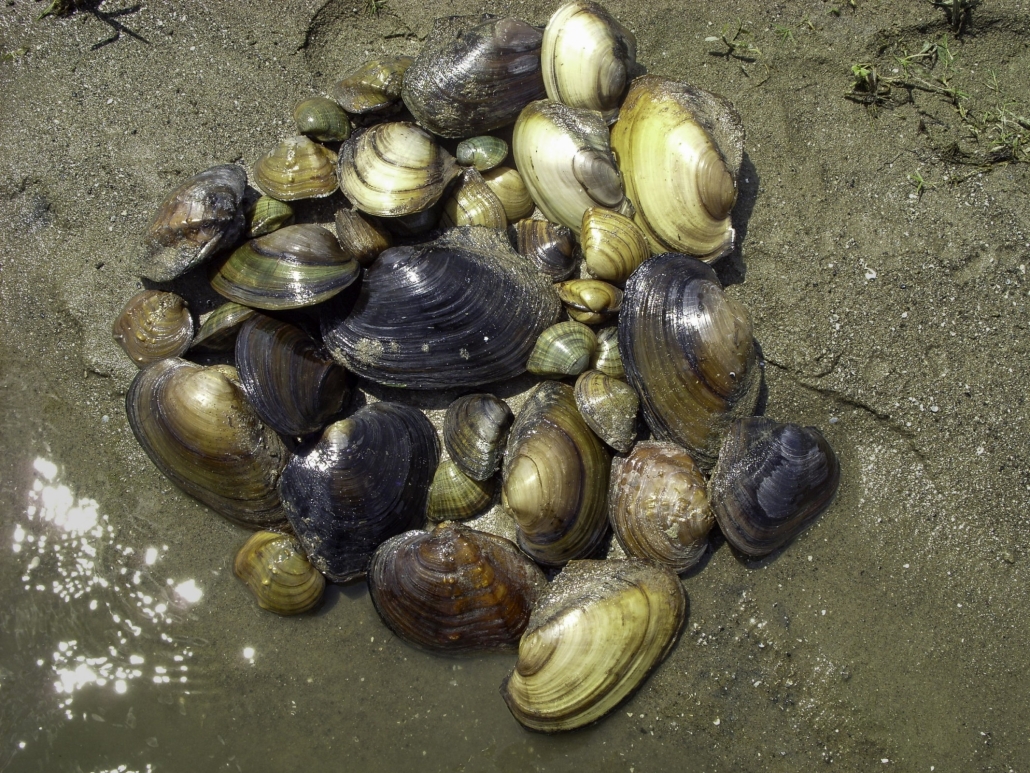Nearshore
Great Lakes beach closings are no protection from harmful pollutants
|
By Amalia Medina
A green flag flying on a Great Lakes beach does not necessarily mean it’s safe to swim. Checking beach monitoring websites like BeachGuard is not a surefire solution either. These two findings are central to a public health research project, the Great Lakes Microbial Water Quality Assessment, that set out to measure microbial and chemical threats in Great Lakes waters, and how to reduce the number of illnesses they cause each year. A report from the project, sponsored by the International Joint Commission said decades-old testing methods are inadequate and “advances in newer methods are critically needed.” The commission is bi-national agency that advises the U.S. and Canada on managing water along the border. The need for such research is considered urgent.

